Biomes
The Art and Science of Biomes
A biome is a large community of plants and animals that occupies a distinct type of environment. Examples that follow include: Forests, Grasslands, Wetlands, Lakes and Rivers, Coastal and Marine, Deserts, Ice Across Biomes. (Federal, Provincial and Territorial Governments of Canada. 2010. Canadian Biodiversity: Ecosystem Status and Trends 2010 p2. Canadian Councils of Resource Ministers. Ottawa, ON.)
Dr. Bondar’s fine art photographs capture the natural landscape with respect and curiosity. Through these images we can explore both the artistic dimensions of landscape photography and also the diversity and wonder within the various biomes on Earth. By looking more closely at the biomes, we can begin to understand how intrinsic these ecosystems are to various life forms and, ultimately, the health and wellbeing of human beings.
“In the years following her space flight, with the eye of an artist and the wisdom of a well-trained microscopist, Roberta Bondar has focused on observing just one sliver of the thin layer of life: the Canadian wilderness. With their clear and passionate detailing of the forms and moods of the landscape, Bondar’s images belong to the long tradition, embodied most recently in the work of twentieth-century American photographer Ansel Adams, of documenting the natural environment through photography”.
Ann Thomas, Curator of Photography at the National Gallery of Canada in: Passionate Vision ~ Discovering Canada’s National Parks by Roberta Bondar, Douglas & McIntyre Publishers, Vancouver 2000 pp. 27 to 30.
Forest Biome

Forests are dynamic and diverse ecosystems, where complex interactions occur between species and ecological processes, from below ground to high in the canopy.
Forests are important to biodiversity because they provide habitat for a wide array of plant and animal species from microorganisms to large mammals and because they are a pool of genetic diversity. It is estimated that approximately two-thirds of the species in Canada are associated with forests for at least part of their life cycle. Forests also provide ecosystem services, including the regulation of water flow across the landscape, erosion control, purification, climate stabilization, and immense economic benefits. SEE ALSO Biodiversity Canada’s Forest Biome resource
Grassland Biome
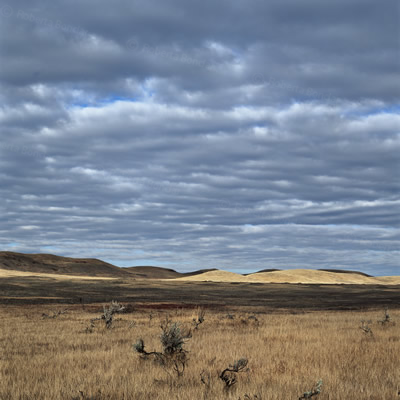
Grasslands are open ecosystems dominated by herbaceous (non-woody) vegetation. Typical temperate grasslands, like those in Canada, occur where there is low moisture, cold winters, and deep, fertile soils. Maintained historically by drought, fire, and grazing, temperate grasslands are the Earth’s most altered, and one of the most threatened ecosystems, with the highest risk of biome-wide biodiversity loss. Although other ecosystem types, such as oak savannahs, alvars, and dunes support grasslands, this finding focuses on prairie and steppe.
Grasslands are important as habitat for many species, including many species at risk. They also provide soil and water conservation, nutrient recycling, pollination, habitat for livestock grazing, genetic material for crops, recreation, climate regulation, and storage for about 34% of the terrestrial global carbon stock. SEE ALSO Biodiversity Canada’s Grasslands Biome resource
Wetland Biome
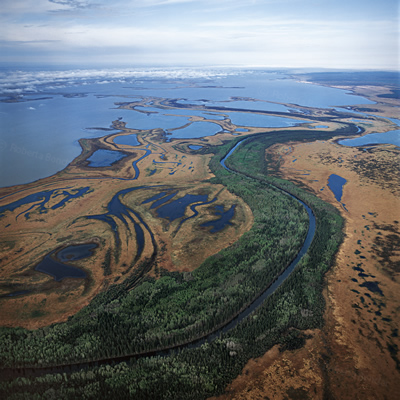
“Although the aerial photographs are taken from only a few thousand metres above the surface of the Earth, they offer a glimpse of how the planet must look from space. As she viewed Wood Buffalo National Park’s huge, virtually inaccessible tract of salt and mud flats from a helicopter, Bondar remembered looking at the Earth from space and recognizing the importance of protecting vast areas of wilderness. Her photographs of this park, of the barren flats of land reaching out into the delta and punctuated with a thick band of greenery that curves along the river’s edge, capture this vision.”
Ann Thomas, Curator of Photography at the National Gallery of Canada in: Passionate Vision ~ Discovering Canada’s National Parks by Roberta Bondar, Douglas & McIntyre Publishers, Vancouver 2000 pp. 27 to 30
Wetlands are land saturated with water all or most of the time, as indicated by poorly drained soils and vegetation and biological activity adapted to wet environments. They are of two types, organic (peatlands) and mineral, and are classified in five categories: bogs and fens, which are both peatlands; marshes and shallow water, which are both mineral; and swamps, which can be either. Canada has approximately 1.5 million km2 of wetlands. This represents about 16% of Canada’s land mass and approximately one quarter of the world’s remaining wetlands. Thirty-seven of Canada’s wetlands, an area covering almost 131,000 km2, have been designated as wetlands of international importance. This key finding discusses freshwater wetlands – estuaries, salt marshes, and other marine coastal wetlands are discussed in Coastal Biome.
Wetlands are important as one of Earth’s most productive ecosystems, supporting a disproportionately high number of species, including species at risk and significant numbers of migratory birds, fish, amphibians, a wide diversity of plants, and many other species. Wetlands provide essential services such as controlling floods, recharging groundwater and maintaining stream flows, filtering sediments and pollutants, cycling nutrients, stabilizing shorelines and reducing erosion, and sequestering carbon. SEE ALSO Biodiversity Canada’s Wetlands Biome resource
Other North American Wetlands
Examples with species at risk:
Wetlands: North American Coastal — Migratory Bird Lifeline
Wetlands: North American Interior — Shrinking Footholds
Lakes and Rivers Biome

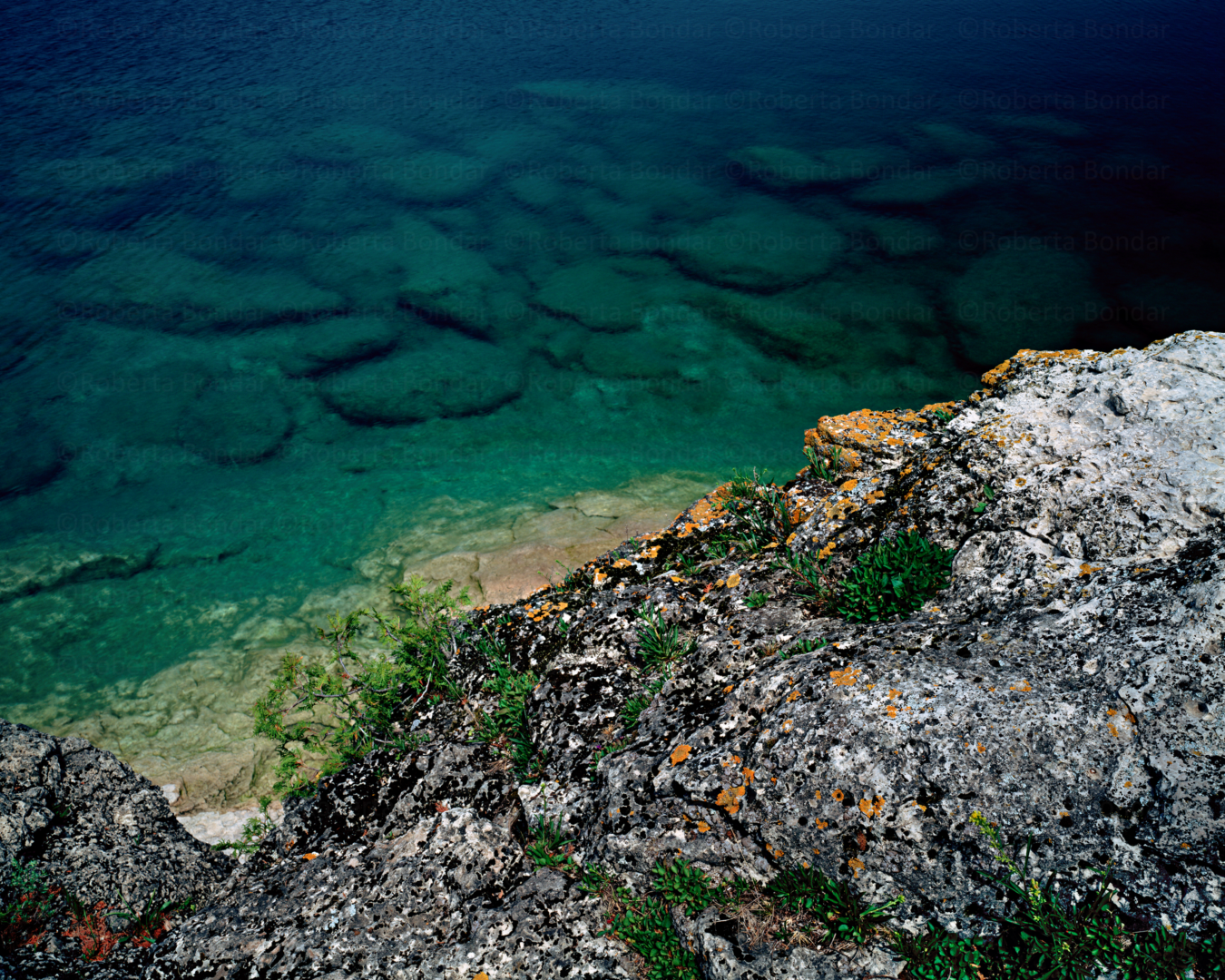
Over 8,500 rivers and 2 million lakes cover almost 9% of Canada’s total area. The hydrology of these rivers and lakes influences the structure of aquatic habitats and the composition of ecological communities, including plankton, plants, benthic macroinvertebrates, and vertebrates such as fish, amphibians, reptiles, and birds. In North America, species living in aquatic ecosystems have a higher risk of extinction than species living in other ecosystems. SEE ALSO Biodiversity Canada’s Lakes and Rivers Biome resource
West African Lakes
Examples with species at risk:
Lake of Salt and Soda: Birthplace of the Lesser Flamingo
Rift Valley Lakes: Lesser Flamingo Hangouts
Global Trends
More than 99% of the world’s freshwater is frozen in glaciers, permafrost or permanent snow, or locked in underground aquifers. The remaining accessible freshwater is not distributed evenly, with 40% of the world’s population projected to live in water-scarce regions by 2020.
Coastal Biome

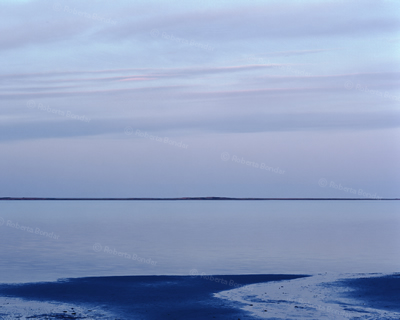
“Bondar often emphasizes the pure, abstract beauty of the landscape by depicting, for example, the horizon line in Kouchibouguac National Park as a simple meeting point of two luminescent bands of colour. With its broad monochromatic, ascending silver-blue rectangles of water, land and sky, the meeting point of Earth and space is as simply expressed as a haiku.”
Ann Thomas, Curator of Photography at the National Gallery of Canada in: Passionate Vision ~ Discovering Canada’s National Parks by Roberta Bondar, Douglas & McIntyre Publishers, Vancouver 2000 pp. 27 to 30
Coastal ecosystems occur at the interface between land and sea. They include intertidal zones, estuaries, salt marshes, mud flats, seagrass meadows, beaches, cliffs, banks, and dunes. Bounded by three oceans, Canada has the longest marine coastline in the world, with 29% of the world’s total coastline.
Coastal ecosystems are important as they are particularly productive environments. Canadian coastal ecosystems support a diversity of marine and terrestrial species, including members of all major groups of marine organisms, approximately 1,100 species of fish, and numerous marine mammals, birds, plants, and invertebrates. SEE ALSO Biodiversity Canada’s Coastal Biome resource
Marine Biome

“She revels not only in the abstract simplicity, the sublime beauty and the patterns of life on Earth but also in the intimate and delicate interdependencies of small life forms. Evolution has led to complex and engaging forms in plants… to variously shaped creatures, such as starfish in Gwaii Haanas National Marine Conservation Reserve ….”
Ann Thomas, Curator of Photography at the National Gallery of Canada in: Passionate Vision ~ Discovering Canada’s National Parks by Roberta Bondar, Douglas & McIntyre Publishers, Vancouver 2000 pp. 27 to 30
The global marine ecosystem covers over 70% of the Earth’s surface. It is a complex system, in constant motion, moving not only nutrients, dissolved oxygen, carbon, and water masses, but also bacteria, algae, plants, and animals, among regions. The millions of species estimated to live in the ocean dwell in a wide range of habitats, including the open ocean, sea floor, sea ice ridges, hydrothermal vents, cold seeps, coral and sponge communities, seamounts, ocean trenches, and continental shelves.
Marine biodiversity is the foundation of the countless ecosystem services provided by the oceans. Marine plankton plays a major role in the global carbon cycle, and harvest of marine species provides an estimated $21 trillion per year in socioeconomic benefits to the world. Marine biodiversity is essential for the functioning of marine ecosystems, their ability to persist under stress, their ability to recover from disturbances, and their ability to provide benefits to people. With jurisdiction over 6.5 million km2; of marine waters in three oceans, Canada reaps immense benefits from the ocean. SEE ALSO Biodiversity Canada’s Marine Biome resource
Desert Biome

True deserts are not the final stage of a process of desertification; they are unique, highly-adapted natural ecosystems. The desert biome includes arid and hyper-arid dry lands, providing ecosystem services and supporting human populations that may degrade the land resources in much the same ways as in other ecosystems. 2006 Global Deserts Outlook
Deserts cut cross our planet along two fringes parallel to the equator, at 25–35° latitude in both the northern and southern hemispheres. The Desert Biome can be defined climatologically as the sum of all the arid and hyper-arid areas of globe; biologically, as the ecoregions that contain plants and animals adapted for survival in arid environments, and, physically, as large contiguous areas with ample extensions of bare soil and low vegetation cover. A map produced by overlaying areas under these three criteria shows a composite definition of the world’s deserts, occupying almost one-quarter of the earth’s land surface, some 33.7 million square kilometres.
Deserts landscapes are diverse; some are found on a flat shield of ancient crystalline rocks hardened over many millions of years, yielding flat deserts of rock and sand such as the Sahara, while others are the folded product of more recent tectonic movements, and have evolved into crumpled landscapes of rocky mountains emerging from lowland sedimentary plains, as in Central Asia or North America. 2016 North America Environment Outlook

Ice Across Biomes
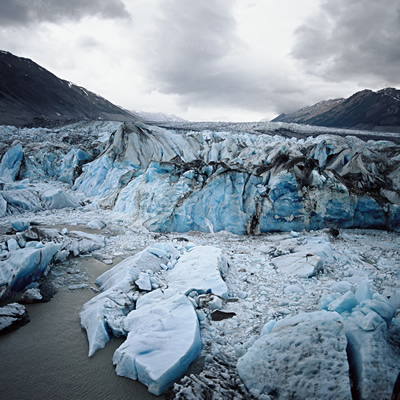
“Bondar’s other aerial images draw our attention to the way in which nature structures itself by creating patterns through its rhythms of growth and decay or actions. Monumental stillness and implied movement are both apparent in Kluane National Park and Reserve’s glacial river, in which waves of ice formed through the water’s slow and steady downward course have created a pattern of jagged wedges. This image belongs to a larger group of photographs that chronicle the various ways in which nature transforms water into other states, and the ways in which water and wind reshape the land.”
Ann Thomas, Curator of Photography at the National Gallery of Canada in: Passionate Vision ~ Discovering Canada’s National Parks by Roberta Bondar, Douglas & McIntyre Publishers, Vancouver 2000 pp. 27 to 30
Ice is a defining feature of Canada’s ecosystems – permafrost (frozen ground) underlies almost half the country. Arctic sea ice (increasingly seasonal) extends across the North and along parts of the east coast and most Canadian lakes and many rivers are seasonally frozen. Outside of the huge ice sheets of Antarctica and Greenland, Canada has the largest area of glaciers in the world (200,000 km2), of which 75% is in the Arctic Archipelago.
Ice ecosystems are important because they provide critical habitat for species adapted to living in, under, and on top of ice – from tiny one-celled organisms that live in the network of pores and channels within ice to polar bears. Sea ice helps regulate ocean circulation and air temperatures. Timing and duration of ice cover on rivers, lakes, and the sea are important factors in the types of plant and animal communities that water bodies support. Glaciers store fresh water and feed many of Canada’s largest rivers. Permafrost stores carbon and influences the structure of the landscape and storage and flow of water. SEE ALSO Biodiversity Canada’s Ice-Across Biome resource
Federal, Provincial and Territorial Governments of Canada. 2010. Canadian Biodiversity: Ecosystem Status and Trends 2010 [online]. Canadian Councils of Resource Ministers. Ottawa, ON.
Biomes of the World
